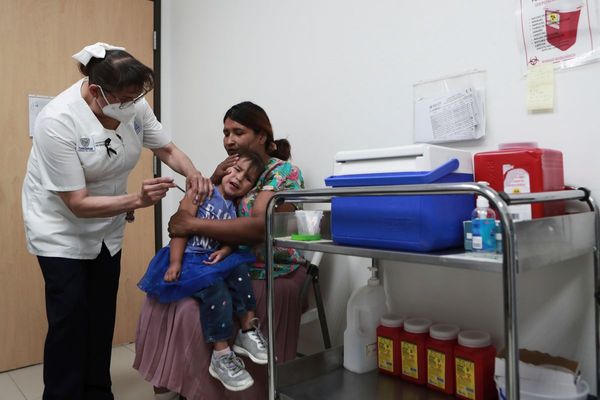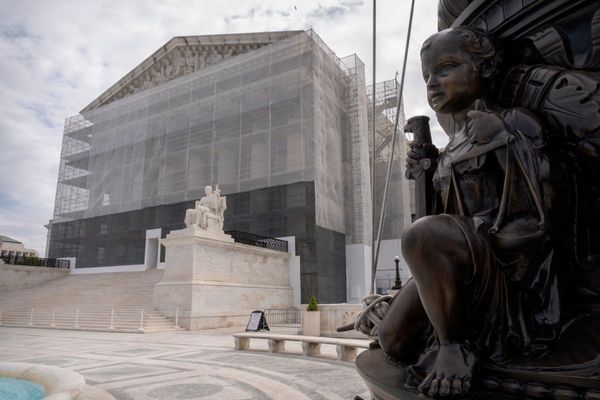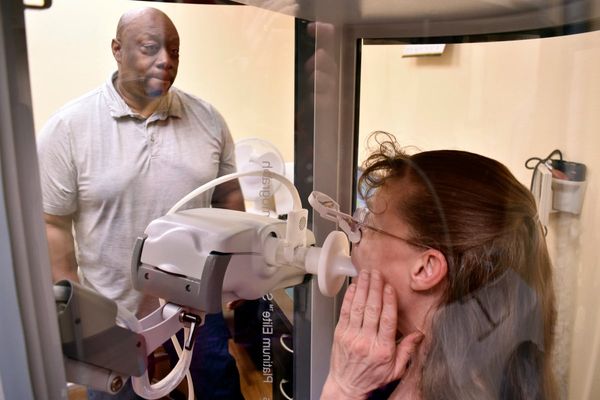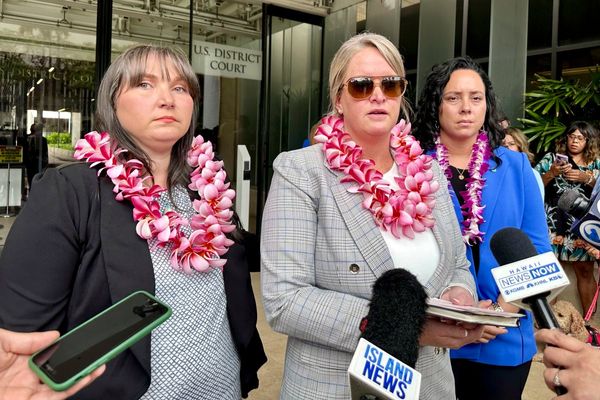
This is the fourth in a four-part series looking at facets of the pandemic. Read part one here, part two here and part three here.
The pandemic exposed Australia’s shortcomings in public health, from a lack of a national stockpile of essential equipment to errors in communicating with the public.
With no clear playbook on how to deal with emerging infectious diseases, coupled with a disjunct between state, territory and federal government, there were major issues around public health advice and communicating risk.
The government has pledged to establish the Centre for Disease Control (CDC), but with national cabinet documents still kept secret, the question remains of just how effective would it be.
Secrecy and distrust
Deakin University epidemiology chair Professor Catherine Bennett told Crikey the pandemic exposed “cracks in the system” — and not all those cracks have been attended to.
A key issue, she said, was the lack of coordination between states and territories and the federal government. While the national cabinet sought cooperation, it ended up “playing out state-to-state differences in the national government, rather than resolving them”, she said.
The national cabinet has been criticised for being shrouded in secrecy, with cabinet documents kept secret (though they can be released under freedom of information laws following a court case lodged by then senator Rex Patrick). While in opposition, Anthony Albanese criticised these measures; he’s since backflipped and has refused to release cabinet documents. These documents contain health advice that guided national policy.
This has caused distrust among many, Bennett said, impacting people’s mental health.
“People are suspicious about what’s an economic decision and there are people who are now still terrified at home because they’re hearing all the negative messages. [There needs to be] reassurance to people that there’s sound, evidenced decision-making,” she said.
“You have to have a way of being able to scale up quickly, not just for future COVID threats but any health threat that comes with the sort of urgency that infectious diseases can bring upon us.”
What could a CDC do?
One solution to counteract secrecy is to establish a CDC — a dedicated body that provides independent advice about the emergence of diseases. Australia is the only OECD nation without one, despite being discussed since the ’90s. Instead, a network of public health laboratories was established, which through monthly meetings shares information on microbiology and communicable disease control with other government health committees.
In 2013, a parliamentary inquiry called for an independent review to examine a national CDC, but the recommendation was rejected by the Coalition (five years after the inquiry was tabled).
During this year’s election campaign, the Labor government pledged to establish a CDC. A spokesperson from the Department of Health and Aged Care told Crikey that preliminary consultation with states and territories has started and that further consultation with key stakeholders and peak organisations will start from the end of October.
“Decisions about the scope, powers and scale of the CDC are being determined through an initial options analysis, to be followed by broad consultation,” the spokesperson said.
“The past two and a half years have clearly demonstrated the need for an authoritative national focal point for disease management: to improve Australia’s public health capability, and in particular to address shortfalls in our response and health protection systems.”
Infectious diseases expert, microbiologist and University of Sydney Professor Lyn Gilbert told Crikey the decades-long delay had been down to politics.
“States and territories have different requirements … such as regions with tropical diseases … and there’s been jockeying between the larger states for who should have the centre there and where, who should be in charge, and the Commonwealth not wanting to commit to funds,” she said.
“What we really need is an apolitical national approach to evidence-gathering and data collection and advice to government,” she said, adding it would then be up to states and territories as to how they responded to the advice.
“At least the evidence that’s gathered should be consistent and the public should know what that evidence is.”
Coordination is key — but do we risk backsliding?
Globally, the pandemic saw some cooperation and unity between countries, from the United Nations COVID-19 Vaccines Global Access program to donate vaccines (though this had limited success), to the real-time sharing of data. Medical journals lifted paywalls on COVID-19 articles, stirring debate around whether academic information should be kept free.
Australia’s public health response was a success overall, from implementing JobKeeper and JobSeeker to public health initiatives including Telehealth, rapid antigen test (RAT) distribution, and posting antivirals.
But Professor Lyn Gilbert worries some of these lessons may be lost. There have been discussions about rolling Telehealth back, while the Coalition has tried to stop distributing free RATs.
“Restrictions were lifted so quickly and so many things went back to the previous status,” she said.
“It makes you wonder … how well changes will be sustained.”







